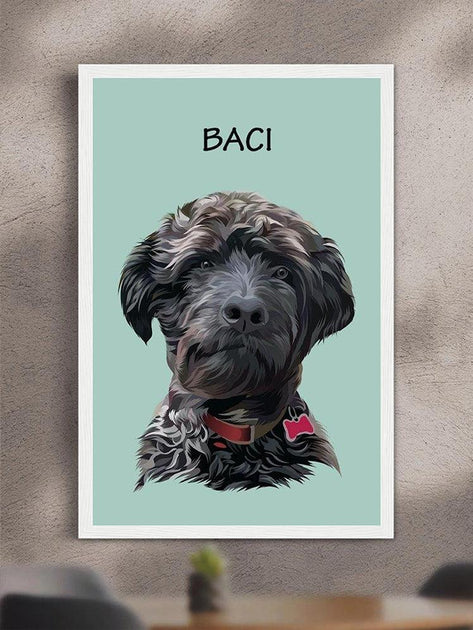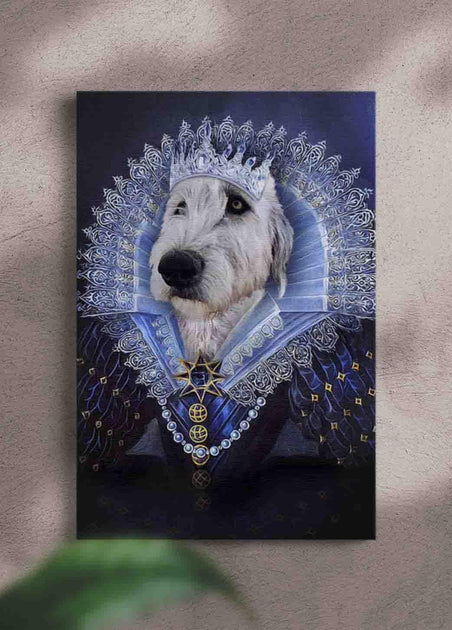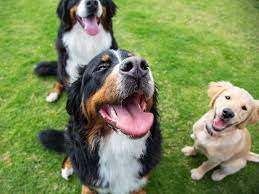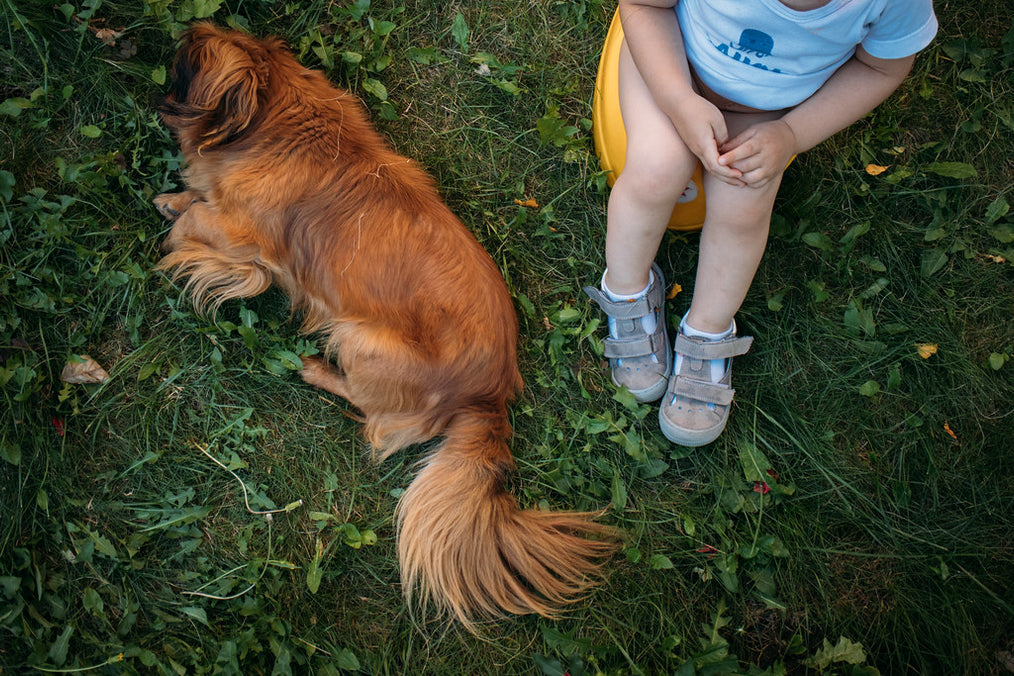How Often Should I Feed My Puppy?

Cute, fluffy, and ravenous!!! Your new pet is expecting puppy food. Now, how you start is crucial to ensuring that you keep your pup healthy and strong.
The best way to achieve this is by feeding your furry baby the appropriate amount of food. This is a critical step in ensuring that your dog adds muscle and develops strong teeth and bones. Good nutrition also helps to provide all the energy required for play and learning.
It's important to know how you feed your puppy?
There are many types of dog food. You must decide which food is right for your puppy, and how do you tell if it's a good fit?
If you are wondering how to feed a baby dog, read on.
Why does a puppy's nutritional requirement vary from adult dogs?
How frequently to feed your puppy is something that many new dog owners struggle with. This is primarily because a puppy's nutritional needs are at variance from that of adult dogs. The reason is that young dogs are at an age of rapid growth.
At this point, they are developing their organs at an alarming rate including muscle and bone. On the other hand, adult dogs have reached a point where the focus is on maintaining a healthy body.
How do I know how much I should feed a puppy?
The primary person to contact to have a precise assessment of your puppy's feeding needs is your veterinarian. However, the rule of thumb on how much to food a puppy by weight daily is 2-3% of their body weight.
So, if your puppy weighs 10 pounds, you would feed them between 1/2 and 1 cup of food per day. And if your puppy weighs 4.5 kg, it would require between 225 and 450 grams of food daily.
There are many online puppy feeding calculators available that can help you determine how much to feed your furry. Just enter your little baby weight and age, and the calculator will do the rest!
How often should I feed my little dog?
Puppies should be fed 2-3 times per day until they are about 6 months old. Then, it should be switched to twice-daily diet. Always make sure to have fresh water available for them at all times.
What is a 2 month old young dog's diet chart?
A little dog's diet should be divided into two parts: a maintenance food and an activity food. A baby dog needs between 1/4 and 1 cup of food each day, depending on its age. It might also be fed three to four times a day. As a result, if you are feeding ¾ cup of its food twice daily, it is advisable to space of feeding times a bit. Having your pup eat 1/2 a cup thrice daily is ideal for a pup of this age.
When can I start feeding my puppy solid food?
Most baby dogs will be ready to start eating solid food by the time they are 4-6 weeks old. At that age, it is unlikely that they will be able to get the required calories from its mum's milk. At 6 weeks, most of them are already weaned.
How much to feed a puppy by age:
1-month-old; A one-month-old baby dog should be eating three to four times a day.
2-month-old: When feeding little dogs at 8 weeks ensure they are eating three to four times a day.
3-6 month old: Puppies between the ages of three and six months should be eating two to three times a day.
6-12 month old: YOung dogs between the ages of six and twelve months should be eating two to three times a day.
What is the best food to feed my lovely fur baby?
The best food to feed your puppy is a high-quality, age-appropriate diet. They need a lot of calories and nutrients to grow and develop properly, so it's important to choose a food that will meet their needs.
How do I introduce my puppy to solid food?
They can start eating solid food at around 4-6 weeks old. However, they will still need to nurse or drink puppy formula for the first few weeks. The best way to transition your puppy from formula to solid food is to start by mixing the two together.
Slowly increase the amount of solid food and decrease the amount of formula until your fur baby is only eating solid food.
What are some common mistakes people make when transitioning their puppies to solid foods?
Some common mistakes people make when transitioning their puppies to solid food include:
- feeding them too much or too little food
- not mixing the food with formula or milk replacer
- not slowly increasing the amount of solid food
- transitioning them to solid food too early or too late
How do I know the food for baby dogs will meet my dog’s needs?
The Association of American Feed Control Officials establishes nutritional standards that most pet food producers adhere to. Look for a claim on the package that says the diet is designed to comply with AAFCO nutrient requirements for complete and balanced nutrition, or that feeding trials conducted following AAFCO guidelines have confirmed that it satisfies all essential nutrients.
A statement that goes along with the label's claims should also be included. It should also state the life stage to which the food is suited. Puppies should eat food labeled for growth or all stages of life.
Evaluate your puppy's health after a month or a maximum of six weeks on the diet. An energetic and playful puppy with glossy, thick fur is proof that it is receiving the right nutrients.
How do I know when to increase or reduce my puppy's food?
It is important to pay attention to your puppy's cues. If they seem hungry between meals, they may be ready to start eating more frequently. On the other hand, if they seem uninterested in their food or leave behind a lot of uneaten kibbles, they may be ready to start eating less often.
If you are unsure about how often to feed your puppy, the best thing to do is to ask your veterinarian for advice. They will be able to give you specific guidance based on your puppy's individual needs.
How do I know if my puppy is eating the right amount?
The body conditioning score is a numerical scale that veterinarians use to assess dogs. It ranges from one for emaciated to five for obese. Puppies should be a two after the first eight to ten weeks.
You can learn how to examine your dog at home. A puppy's ribs may be seen at a score of 2, which is rather thin. The upper edges of the backbones should generally be apparent. Its ribs should not give off any fat feelings. You should notice a waist and an abdominal tuck when looking down at your puppy from the front. Your dog will be thin by 5 months as it concludes its development phase.
When should I switch from puppy food to adult dog food?
Puppies should be switched to a maintenance diet when they reach 90% of their anticipated adult weight. Small dogs may complete growing in 9 to 12 months, while large breeds require 12 to 18 months.
Is there any organic puppy food?
There is no formal definition for organic pet food yet. The USDA is working on regulations for "organic" pet foods that will cover synthetic additives, such as vitamins and purified amino acids.
What are the dangerous foods for a puppy?
People's preferences may be hazardous to dogs. Avoid feeding your puppy human food like grapes, macadamia nuts, raisins, chocolate, raw bread dough with yeast, and avocados.
Onions, garlic, and chives should be avoided; milk, cheese, and other large dairy products are also bad for your teeth. Alcohol is harmful as well. Coffee and caffeine consumption can cause acid reflux disease in some people. Potato chips and salty food, such as soup or potato chips, should also be avoided because they trigger liver failure.
Dogs are highly sensitive to Xylitol's poisonous effects, which include liver failure and hypoglycemia.
What kind of puppy treats should I give?
Treats can be enjoyed by many pet owners, but they should be limited. Because puppies require so many nutrients in order to develop, it is critical that you offer them food that is both complete and balanced.
Puppies should get the majority of their calories from puppy food rather than treats, which are generally not nutritionally complete.
According to American nutritionists at the American Society for the Prevention of Cruelty to Animals, aim for no more than 5% of calories from treats. Selecting small, tasty items is essential.
Many dog owners consider their pets to be "picky" when it comes to food. But there are certain exceptions, such as Yorkshire terriers who don't appreciate giant dog biscuits.
There are many ways to deepen the bond between you and your puppy. One way is to give them healthy snacks like bits of carrot, green beans, or bell peppers. These snacks will give your puppy something to crunch on without adding a lot of calories. Another way to strengthen the bond is by spending time with your puppy - this is their favorite treat of all.
Best Sellers

WATERCOLOUR

THE YOUNG QUEEN

MINIMALIST DESIGN

MINIMALIST PET PORTRAIT

THE GENERAL

THE ICE QUEEN

THE ROYAL COUPLE

THE CONVICT

THE PRESIDENT

THE BOURGEOIS COUPLE

WATERCOLOUR SIBLING



